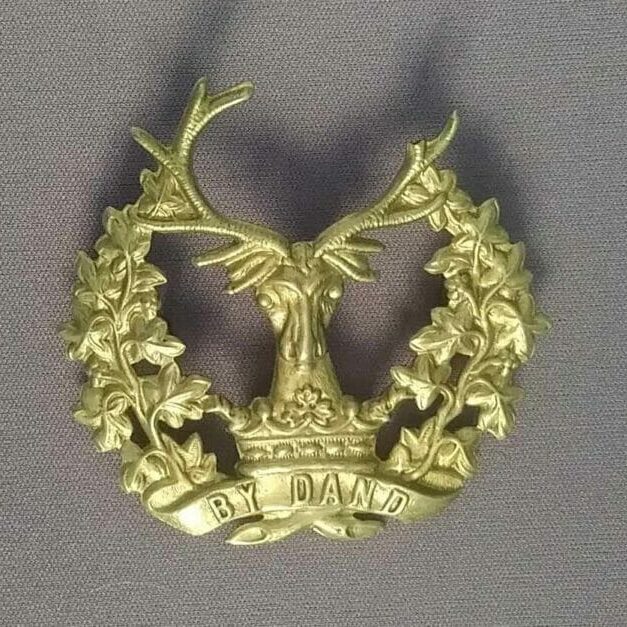
Nova Scotia pilots Gaelic Business Initiative
Host a ceilidh, earn incentive
Nova Scotia’s Office of Gaelic Affairs has launched a pilot program called the Gaelic Business Initiative (GBI). The GBI is a not-for-profit offering support to local businesses in Gaelic integration, exporting opportunities and hiring and retention strategies.
The program launched in January 2023, and offers small to mid sized businesses in N.S. the opportunity to earn up to $1,000. To qualify, businesses must showcase Gaelic in some way.
Businesses can incorporate Gaelic in a variety of ways, including Gaelic menu items in restaurants or hosting a ceilidh (social event).
The purpose of the project is to encourage Gaelic language use and cultural awareness.
Laura Stirling has been teaching Gaelic at the Halifax Gaelic Society for more than 10 years.
“It’s part of our identity. Gaelic and Gaelic people are a significant part of what makes up the DNA of our province,” said Stirling. “Tourism is a huge part. All you have to do is look at the success with Celtic Colours, and how long that’s been going on.”
The Celtic Colours Festival in Cape Breton runs from Oct. 6 to Oct. 14 this year. It’s a celebration of Celtic culture and hospitality, combining the natural beauty of fall with special events across Cape Breton. The festival began in 1997.
The festival isn’t the only place N.S. sees Gaelic used naturally.
“Lots of words in common usage are Gaelic—whiskey, ceilidh, clan. All Gaelic,” said Stirling. “The Wanderer’s football team uses Gaelic in their motto. So, it’s there, even though we may not always be aware of it.”
The team’s motto, “Ar Cala, Ar Dachaigh, Ar n-Anam” means “Our harbour, Our home, Our soul.”
The Gaelic impact
Joyce MacDonald is a Gaelic language instructor at Gaelic College in Cape Breton. She explains Gaelic is important to N.S. because it is such a big part of the province’s heritage.
The first ship of Gaelic settlers landed in N.S. in 1773. According to Gaelic College, many left to avoid cultural suppression and societal changes later called the Highland Clearances.
“There’s been a long suppression of Gaelic by the English throughout history. There were people who believed English was and is a superior language,” said MacDonald.
The N.S. Office of Gaelic Affairs reports as many as 50,000 Gaelic speakers in N.S. in the early 1900s. Now, there are approximately 2,000.
Nick Nickerson, a spokesperson for the Gaelic Business Initiative, spoke with CTV News in August 2023. He stated roughly 230,000 Nova Scotians are descendants of early Gaelic settlers.
“About a third of Nova Scotians have Gaelic heritage, and Nova Scotia is the only place outside of Scotland where Gaelic is still spoken on a daily basis,” said Nickerson.
Gaelic in school
Dalhousie doesn’t currently offer any Gaelic courses to students. Gaelic is available through Saint Mary’s University, Saint Francis Xavier University and specialty colleges like Gaelic College.
MacDonald believes it’s important for the Gaelic language to be offered to N.S. students.
“It’s absolutely important for young people to learn about the Gaelic language and culture before starting families of their own. So they can teach their children and continue the learning process,” said MacDonald.
Stirling agrees that language grows faster when a broad range of age groups participate.
“When I started teaching Gaelic more than ten years ago, the people who came to class were often retired. Now, I get people from university, and from high school occasionally,” said Stirling. “It’s really interesting, and encouraging, because to build a language in a community, you really need to see it coming along across a range of ages.”
The program introduced by the Office of Gaelic Affairs may encourage such a broad range of audiences to connect with the language. The initiative introduces Gaelic to many who wouldn’t encounter it otherwise.
“It’s a different way to go at bringing Gaelic in. Giving it a higher profile in small steps,” said Stirling. “Often we try to change things in a big way from the top. These small steps with a little support can go a long and lasting way.”






